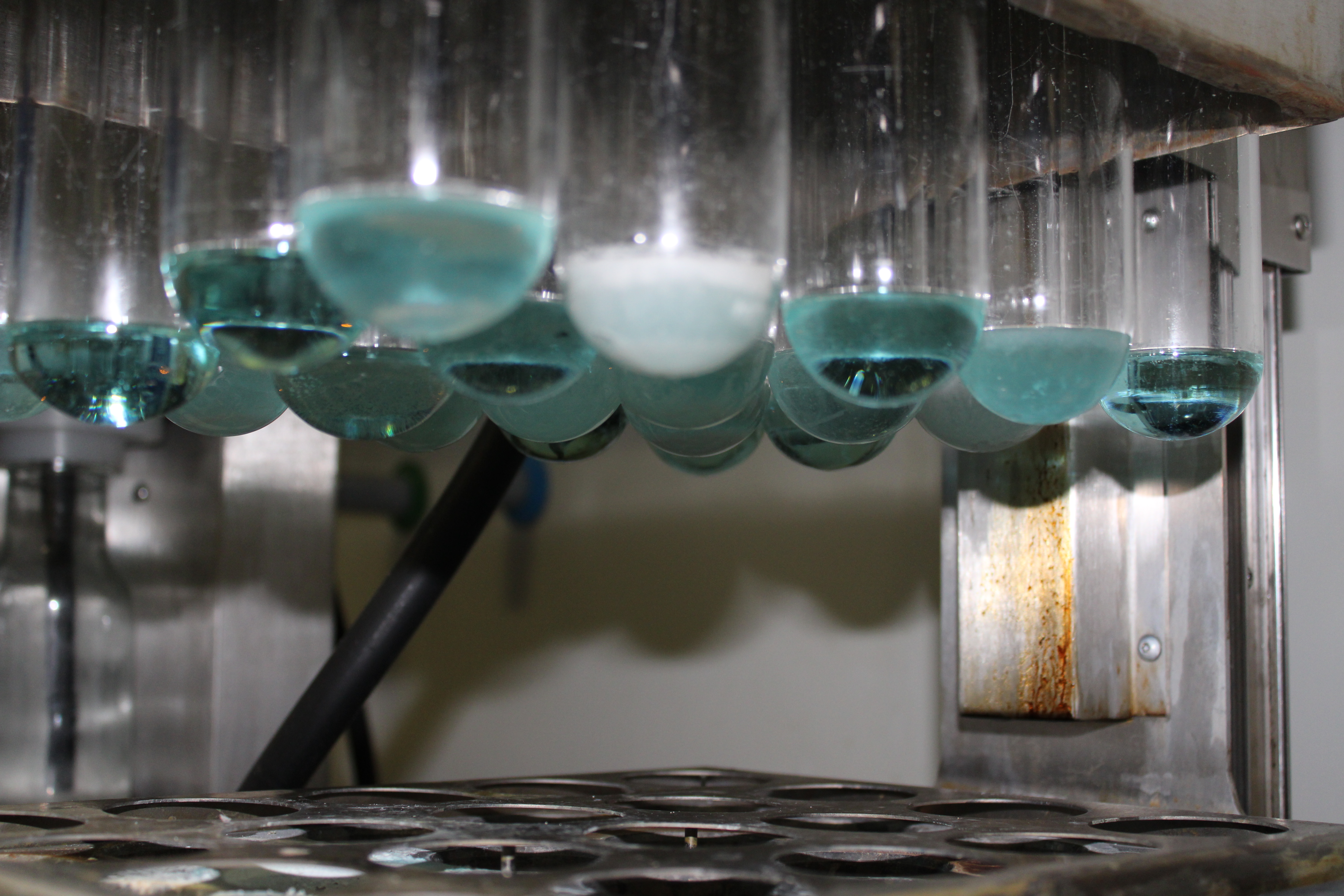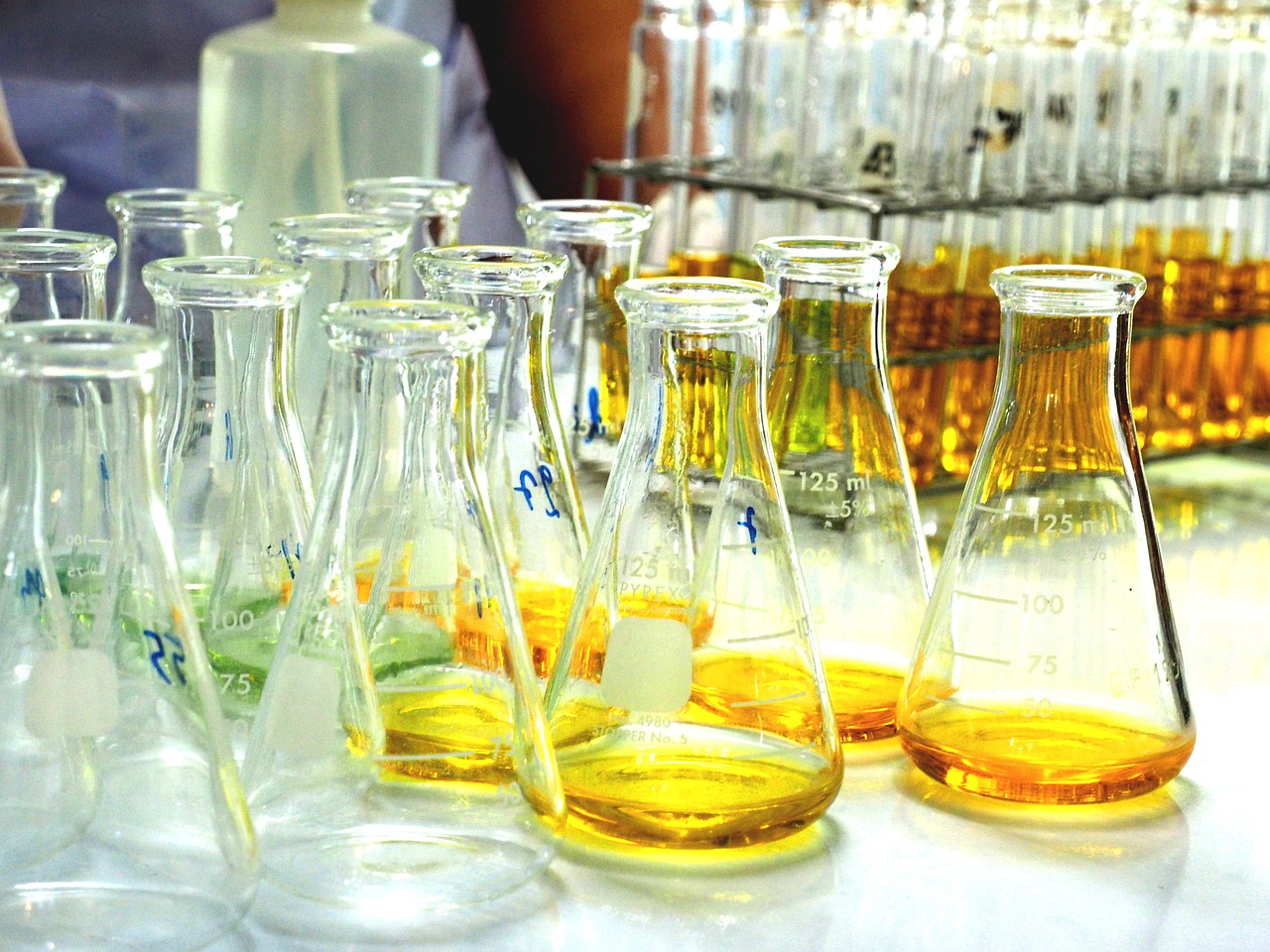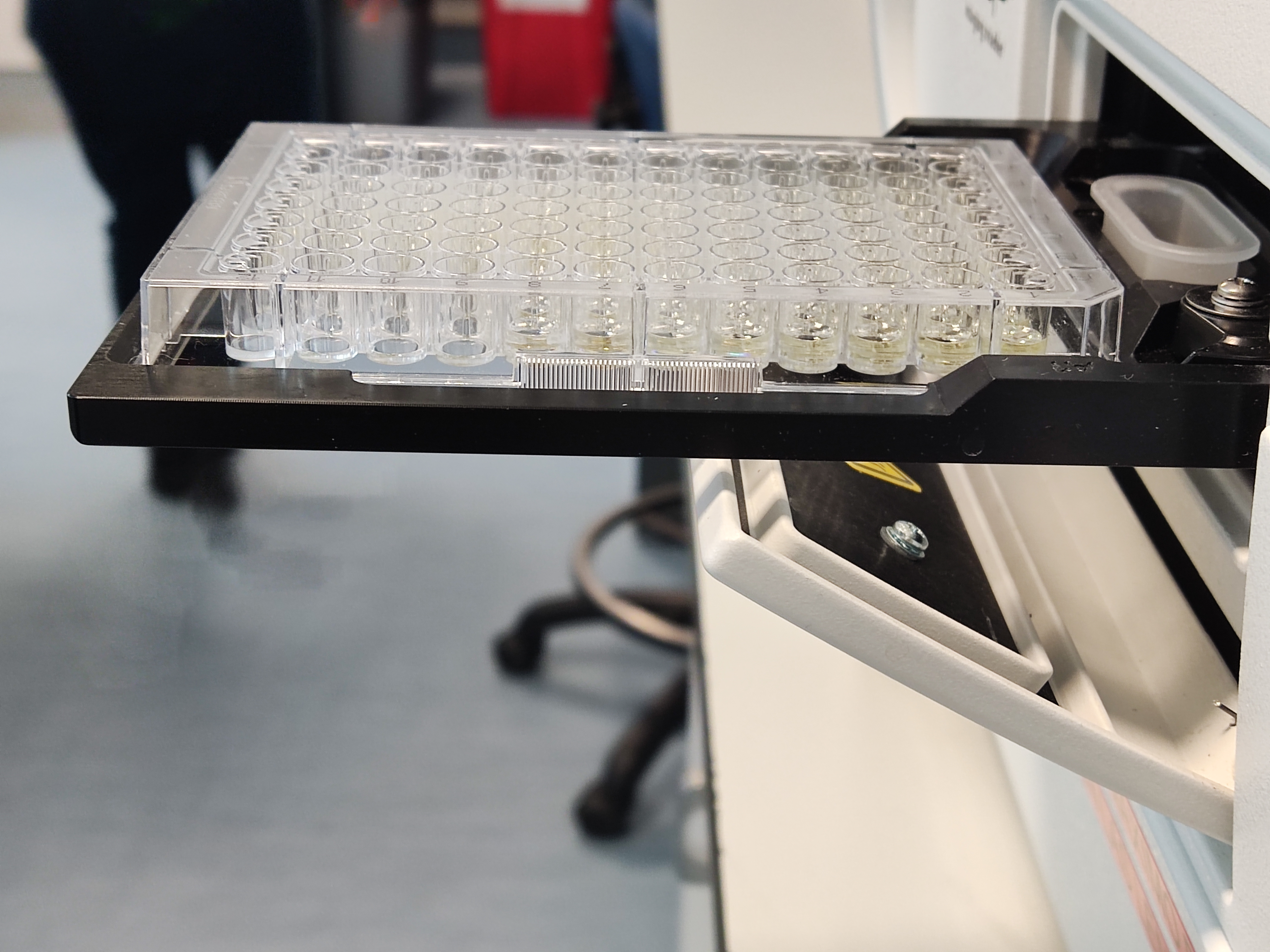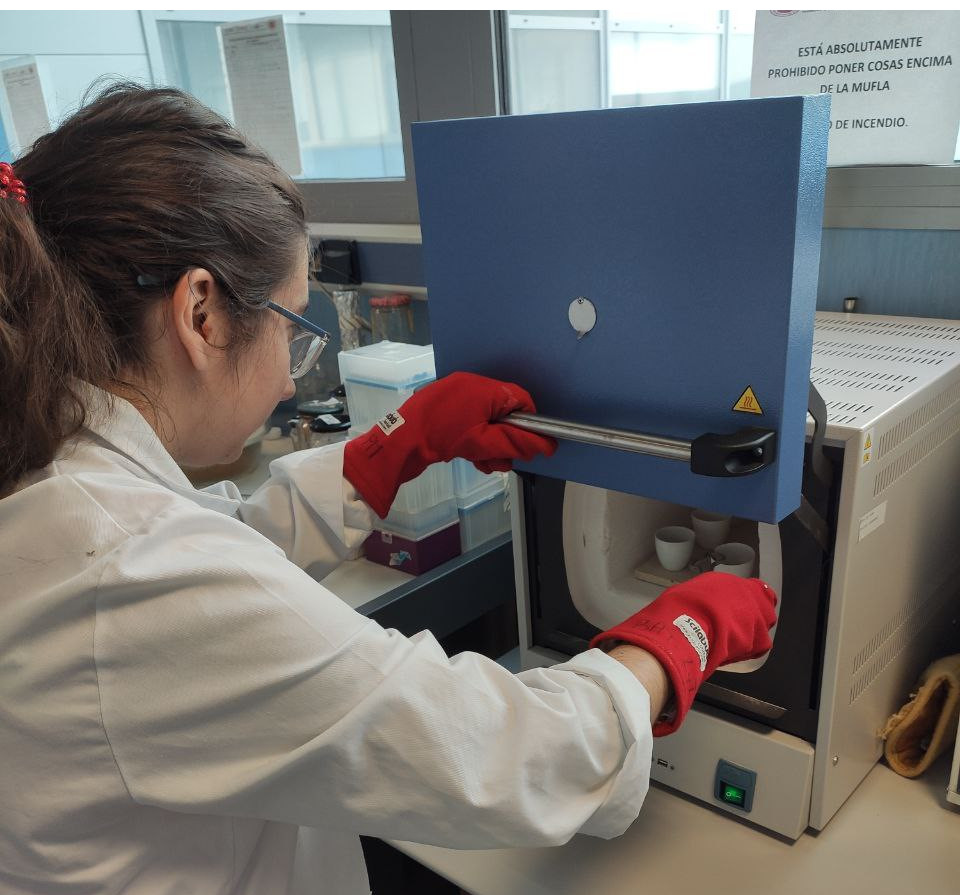|
Download our request form for physical-chemical analyses.
Proximal Analysis involves determining the percentages of moisture, fat, fiber, ash, carbohydrates, and protein in foods using physicochemical methods.
Proximal Analysis is applied to both raw materials used for formulation and finished products. Its objective is to gain a general understanding of the nutritional value of a food subjected to this analysis. These values are transformed into the nutritional information displayed on the final product labels, but it also serves many other functions, such as ensuring that foods comply with legal requirements and determining product quality.
Determination of Protein by Kjeldahl Method
- It is an official method described in multiple regulations: AOAC, USEPA, ISO, Pharmacopeias, and various Community Directives.
- The Kjeldahl method measures the nitrogen content of a sample. The protein content can then be calculated, assuming a specific protein-to-nitrogen ratio for the analyzed food.
- It consists of three stages: Digestion, Distillation, and Titration.
- Equipment: Kjeltec 84000 - Foss
Determination of Fats by Soxhlet Method
- It is a classical gravimetric official method.
- It performs a semicontinuous extraction with an organic solvent. In this method, the solvent is heated, volatilized, and condensed, dripping onto the sample, which remains submerged in the solvent. The fat content is quantified by the difference in weight
- It consists of three stages: Evaporation, Solid-Liquid Extraction, and Condensation.
- Equipment: Soxhterm - Gerhardt
Determination of Carbohydrates by Sulfuric Acid-UV Method
- The Sulfuric-UV method is based on the acid hydrolysis of carbohydrates with concentrated sulfuric acid at 90°C. The liberated monosaccharides dehydrate, leading to the formation of furfural derivatives that are directly detected in the ultraviolet region (320 nm).
- Equipment:Thermomixer - Thermo Scientific, Cytation 5 - Biotek
+
Determination of Ash, Moisture, and Dry Extract
- Dry extract refers to the residue expressed as a percentage by weight obtained after the sample is desiccated (water evaporation) to constant weight in an oven at a constant temperature. Therefore, moisture corresponds to the percentage of evaporated liquid.
- • The determination of ash is a technique that estimates the total amount of minerals present in a food. Ash is the non-volatile residue obtained by incinerating food at 500-600°C.
- Equipment: Muffle Sel-Horn "R.8L- Pselecta" and drying oven - Memmertfurnace.
|




|


